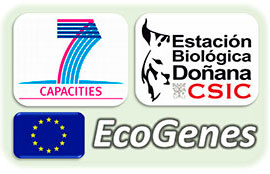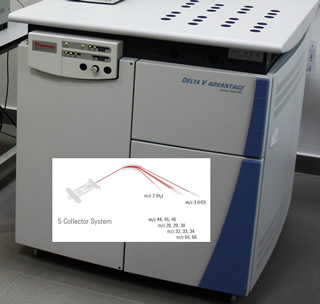Características
Los isótopos estables son átomos no radioactivos de un determinado elemento químico que tienen el mismo número de protones pero difieren en el número de neutrones. La abundancia relativa del isótopo pesado respecto del ligero (e.g. 13C/12C) recibe el nombre de traza o firma isotópica y se representa en notación delta (δ) por medio de la relación de esta proporción en la muestra, respecto a unos estándares internacionales, expresando los resultados en tantos por mil (‰).
El Laboratorio de Isótopos Estables (LIE) de la Estación Biológica de Doñana (EBD) está equipado con un sistema de Espectrometría de Masas suministrado por Thermo Fisher Scientific, para medir las relaciones isotópicas de 13C/12C, 15N/14N, 18O/16O, 34S/32S y 2H/1H en muestras orgánicas e inorgánicas, sólidas o líquidas.
Este Laboratorio se ha creado gracias a la financiación proveniente del proyecto : “Adapting to Global Change in the Mediterranean hotspot: from genes to ecosystems (EcoGenes)”.
Aquí pueden acceder a una visita virtualuna visita virtual de la EBD, financiada con EcoGenes, donde se pueden ver todos los laboratorios incluyendo el LIE:
Equipamiento
IRMS DELTA V Advantage en modo de flujo continuo, con un sistema de 5 colectores para la medición de relaciones isotópicas en N2, CO, NO, O2, CO2, N2O, SO2 y H2
Analizador Elemental Flash HT Plus acoplado al IRMS mediante el Conflo IV. Con dos hornos instalados para dos modos de operaciones: “Dynamic Flash Combustion” para el análisis isotópico de C, N y S y “High Temperature Conversion” para el análisis isotópico de O y H.
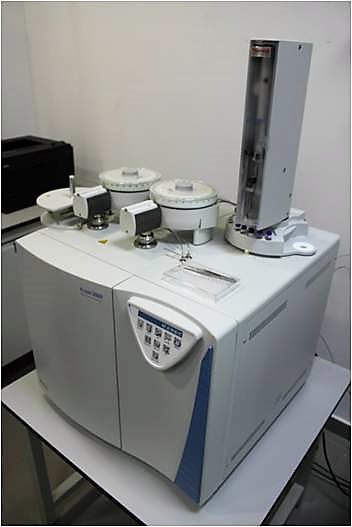
Espectrómetro Laser CRDS (Cavity Ring Down Spectroscopy), Picarro L2130-i, para medir en continuo los isótopos estables de Hidrógeno y Oxigeno en agua y vapor de agua.
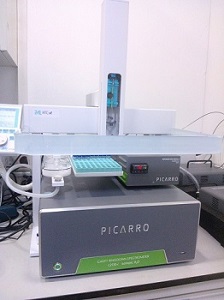
GasBench II, sistema de introducción y preparación de gas en línea universal de Thermo Scientific™. El sistema GasBench II, basado en la cromatografía de gases, facilita la determinación de las relaciones moleculares e isotópicas en línea de alta precisión de las muestras de espacio de cabeza, incluido el equilibrado de agua, los carbonatos y los gases atmosféricos, por ejemplo, CO2, O2/N2. Un sistema de inyección de gas de referencia permite la precisión y la exactitud de un sistema de entrada doble para aplicarlo en un sistema IRMS de flujo continuo.

Sistema de espectrometría de masas de flujo continuo (GC-MS-IRMS) para la medida automatizada de relaciones isotópicas de carbono, nitrógeno e hidrógeno en compuestos específicos.
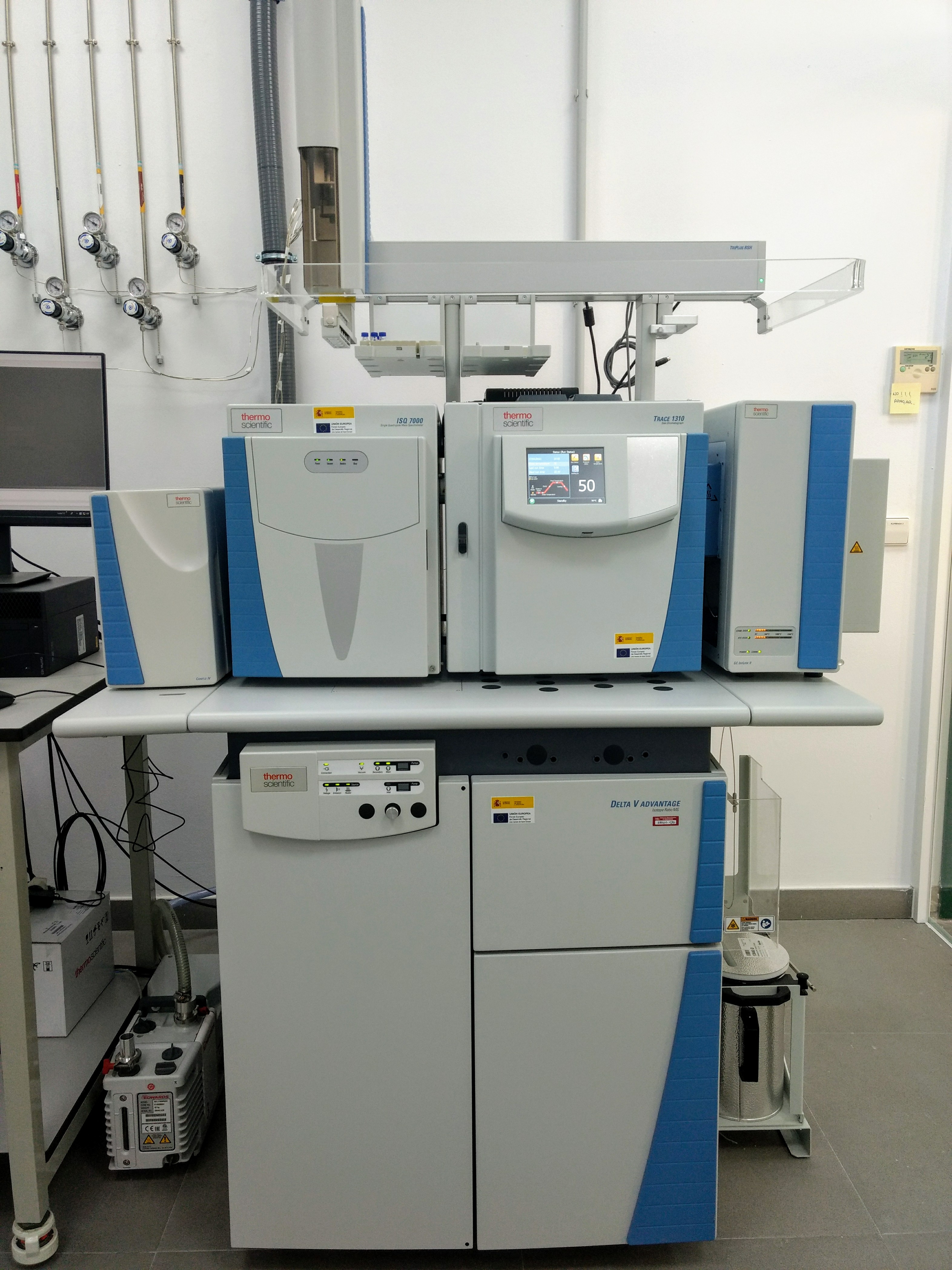
Últimas Noticias
¡Nuevo artículo!: Vidal (2023) The relative importance of biological and environmental factors on the trophodynamics of a pelagic marine predator, the blue shark (Prionace glauca)
¡Nuevo artículo!: Vigo (2022) Using molecular and stable isotope markers to identify the main predators of Nephrops norvegicus in Mediterranean deep-water ecosystems
¡Nuevo artículo!: Quillfeldt (2022) Variation Among Species and Populations, and Carry-Over Effects of Winter Exposure on Mercury Accumulation in Small Petrels
¡Nuevo artículo!: Bertolero (2022) Identifying potential predators of the apple snail in the most important invasion area of Europe
4º CURSO DE ISOTOPOS ESTABLES EN ECOLOGÍA Y CIENCIAS AMBIENTALES. 22 al 25 de febrero de 2022.
¡Nuevo artículo!: Gordo G. (2020) Stable hydrogen isotope measurements of songbird feathers: effects of intra-feather variability and sample processing
¡Nuevo artículo!: Carboxylesterase activities as potential biomarkers of pollution in marine pelagic predators
¡Nuevo artículo!: Interannual trophic behaviour of a pelagic fish predator in the western Mediterranean Sea
¡Nuevo artículo!: Ecological niche overlap between co-occurring native and exotic ungulates: insights for a conservation conflict
¡Nuevo artículo!: Trophic strategies of three predatory pelagic fish coexisting in the north-western Mediterranean Sea over different time spans
¡Nuevo artículo!: Feeding ecology of blue whiting (Micromesistius poutassou) in the NW
Mediterranean: The important role of Myctophidae
¡Nuevo artículo!: The Seasonal Distribution of a Highly Commercial Fish Is Related to Ontogenetic Changes in Its Feeding Strategy
¡Nuevo artículo!: Potentially handicapped but otherwise functional: Malformations in prey capture tools show no impacts on octopus life
¡Nuevo artículo!: Feeding ecology of a Mediterranean endemic mesopredator living in highly
exploited ecosystems
¡Nuevo artículo!: Within-individual phenotypic plasticity in flowers fosters pollination niche shift
*Master-student **Corresponding author
Publicado el informe de actividad 2018 Informe LIE 2018
¡Nuevo artículo!: Seabird plastic ingestion differs among collection methods: Examples from the short-tailed shearwater
¡Nuevo artículo!: Impact of dredged-material disposal on soft-bottom communities in a recurrent marine dumping area near to Guadalquivir estuary, Spain
¡Nuevo artículo!: Maintenance dredging impacts on a highly stressed estuary (Guadalquivir estuary): A BACI approach through oligohaline and polyhaline habitats
¡Nuevo artículo!: Living apart together: Niche partitioning among Alboran Sea cetaceans
STABLE ISOTOPE COURSE IN ECOLOGY AND ENVIRONMENTAL SCIENCES
¡Nuevo artículo!: A native bird as a predator for the invasive apple snail, a novel rice field invader in Europe
¡Nuevo artículo!: Tracking data and retrospective analyses of diet reveal the consequences of loss of marine subsidies for an obligate scavenger, the Andean condor
Publicado el informe de actividad 2017 Informe LIE 2017
¡Nuevo artículo!: Feeding ecology of Mediterranean common dolphins: The importance of mesopelagic fish in the diet of an endangered subpopulation
¡Nuevo artículo!: Diet of bottlenose dolphins (Tursiops truncatus) from the Gulf of Cadiz: Insights from stomach content and stable isotope analyses
¡Nuevo artículo!: Trophic habits of an abundant shark in the northwestern Mediterranean Sea using an isotopic non-lethal approach
¡Nueva cuenta de correo electrónico del laboratorio! lie@ebd.csic.es, para cualquier consulta.
2017 Publicadas las nuevas tarifas de análisis en la pestaña "Servicios": Nuevas Tarifas
¡Nuevo artículo!: Feeding ecology and trophic relationships of pelagic sharks and billfishes coexisting in the central eastern Pacific Ocean
¡Nuevo artículo!: Feeding habits of three Batoids in the Levantine Sea (north-eastern Mediterranean Sea) based on stomach content and isotopic data
¡Nuevo artículo!: Lipid effects on isotopic values in bottlenose dolphins (Tursiops truncatus) and their prey with implications for diet assessment
¡Última hora!: Why we need a centralized repository for isotopic data (Read more)
Publicado el informe de actividad 2016 Informe LIE 2016
¡Nuevo artículo!: Intra- and interspecific niche partitioning in striped and common dolphins inhabiting the southwestern Mediterranean Sea
Nuevo proyecto científico: Understanding trophic ecology of the California kingsnake, a new invasive species in Gran Canaria (Canary Islands, Spain)
¡Nuevo artículo!: Feeding ecology of two demersal opportunistic predators coexisting in the northwestern Mediterranean Sea
¡Nuevo artículo!: Assessing the trophic ecology of three sympatric squid in the marine ecosystem off the Patagonian Shelf by combining stomach content and stable isotopic analyses
An online temperature-controlled vacuum equilibration preparation system for the measurement of δ2H values of nonexchangeable-H and of δ18O values in organic materials by isotope-ratio mass spectrometry (Read more)

